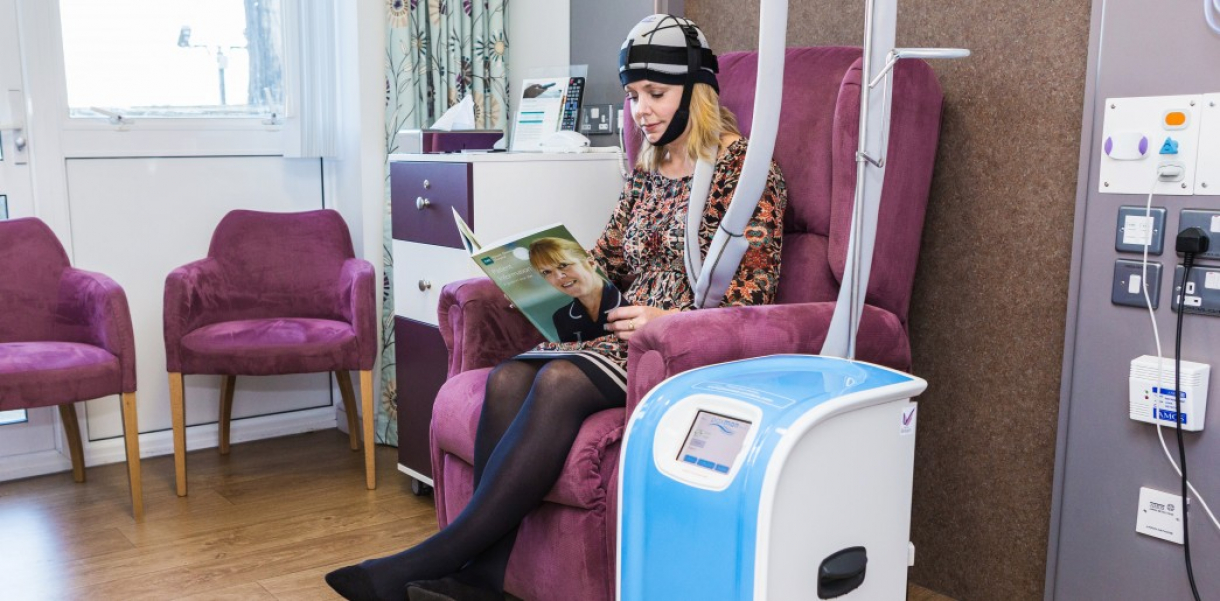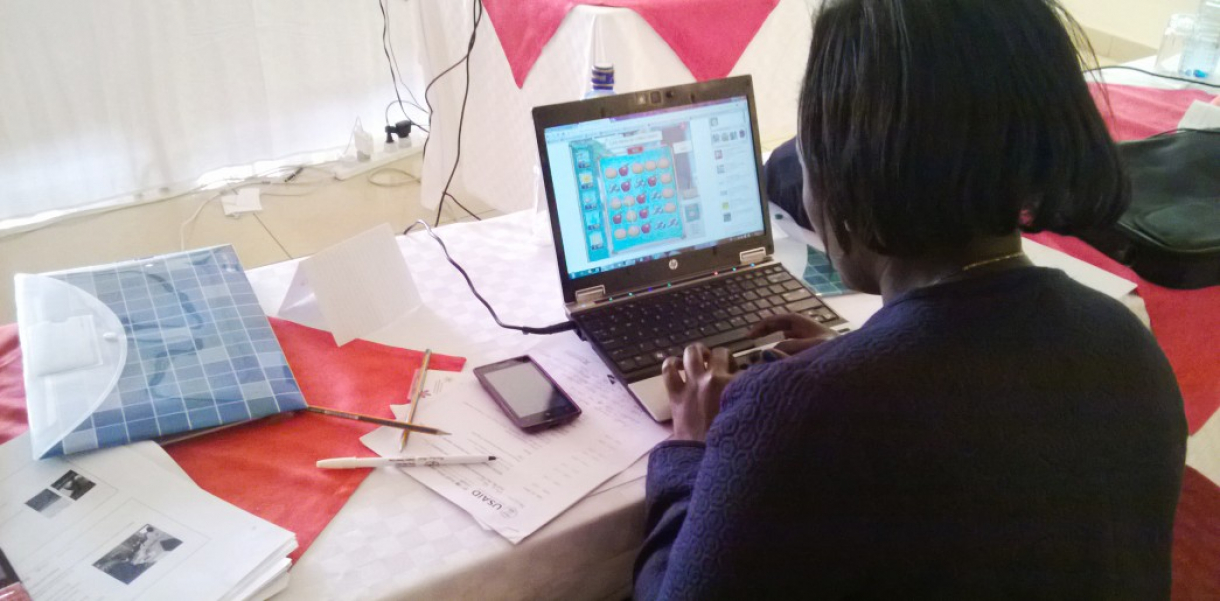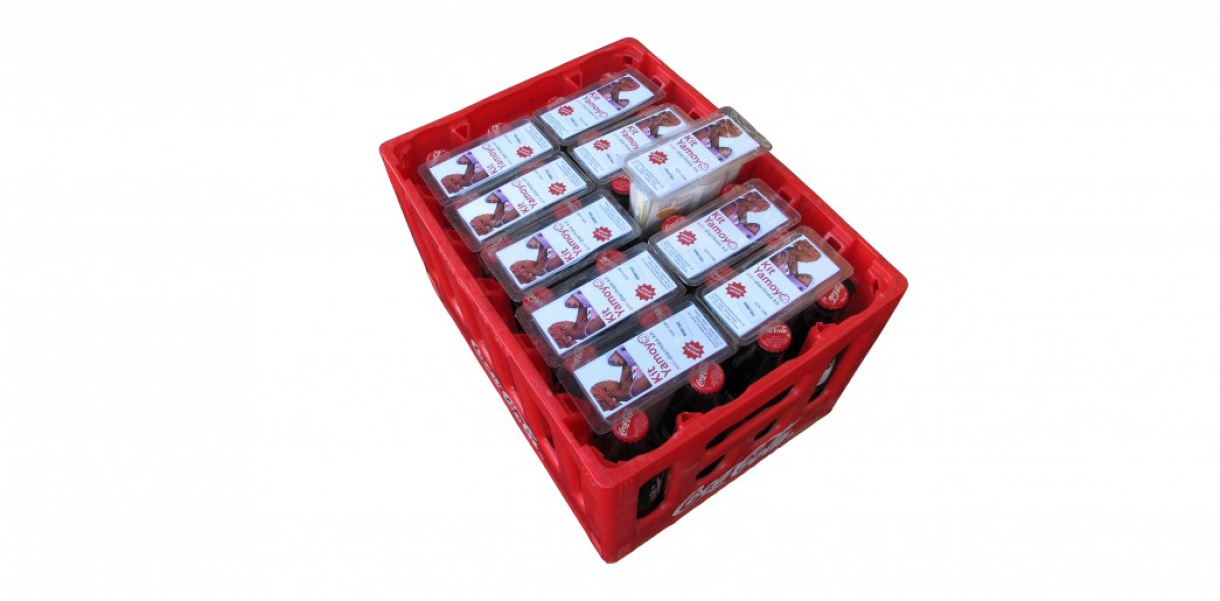By adding drone technology to the ambulance force in major cities around the world, a Dutch design student aims to shave off crucial minutes in paramedic response time, and ultimately save the lives of thousands.
Every year, 800,000 people suffer a cardiac arrest in Europe and only 8% survive. The main reason for this is the response time of emergency services – around 10 minutes on average – while brain death and fatalities occur with four to six minutes. Europe’s response time, however, pales when looking at the African continent where response times can take as long as four hours – if the ambulance shows up at all.
However relative this problem might be, everyone needing urgent medical attention will benefit from faster response times. Tackling this issue, the Ambulance Drone is a small flying robot capable of getting – e.g. a defibrillator – to a patient within a 12 square kilometre (4.6 square miles) radius within just one minute, increasing the chance of survival from 8% to 80%.
Once at the scene, an operator like a paramedic, can watch, talk and instruct those helping the victim – or the victim themselves – by using an onboard phone and camera connected to a control room via a live stream webcam. A feature expected to increase successful defibrillator usage by lay-persons from 20% to 90%.
The drone has attracted the interest of emergency services in major cities like Amsterdam and could help save lives by extending existing emergency infrastructure with a network of fast and compact unmanned aerial vehicles (UAVs) capable of bringing emergency supplies and establishing communication, anywhere. Furthermore, high unemployment rates could be targeted by using skilled young gamers as drone operators.
Designed by
Alex Momont - Belgium




